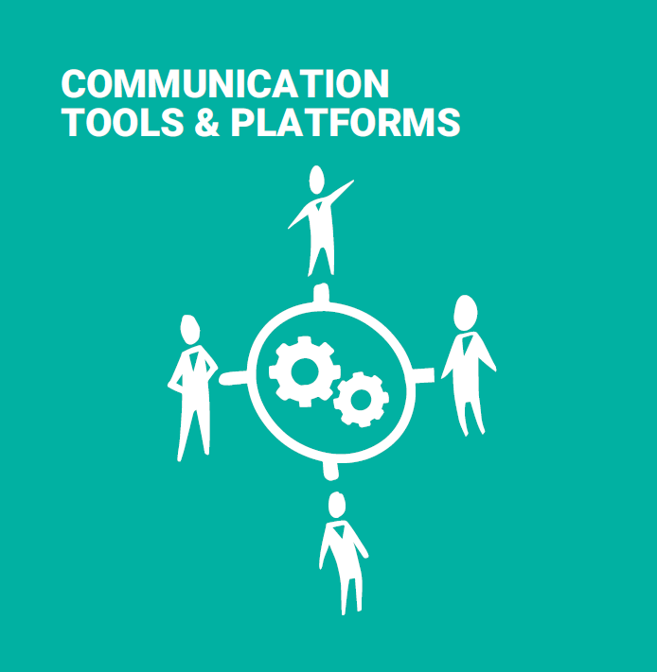
Rapid communication is the key to good coordination and optimum team performance. One sure way of promoting it is to instill trust. It is advisable to combine face-to-face meetings with virtual sessions, the latter being accessible to almost all organizations, virtually anywhere in the world. Careful thought needs to be given to the most appropriate means of regular internal and external communication. Just as important, if not more so, is maintaining close contact with customers. In this respect, the new information and communications technologies (NICTs), and in particular social media, offer interesting prospects.